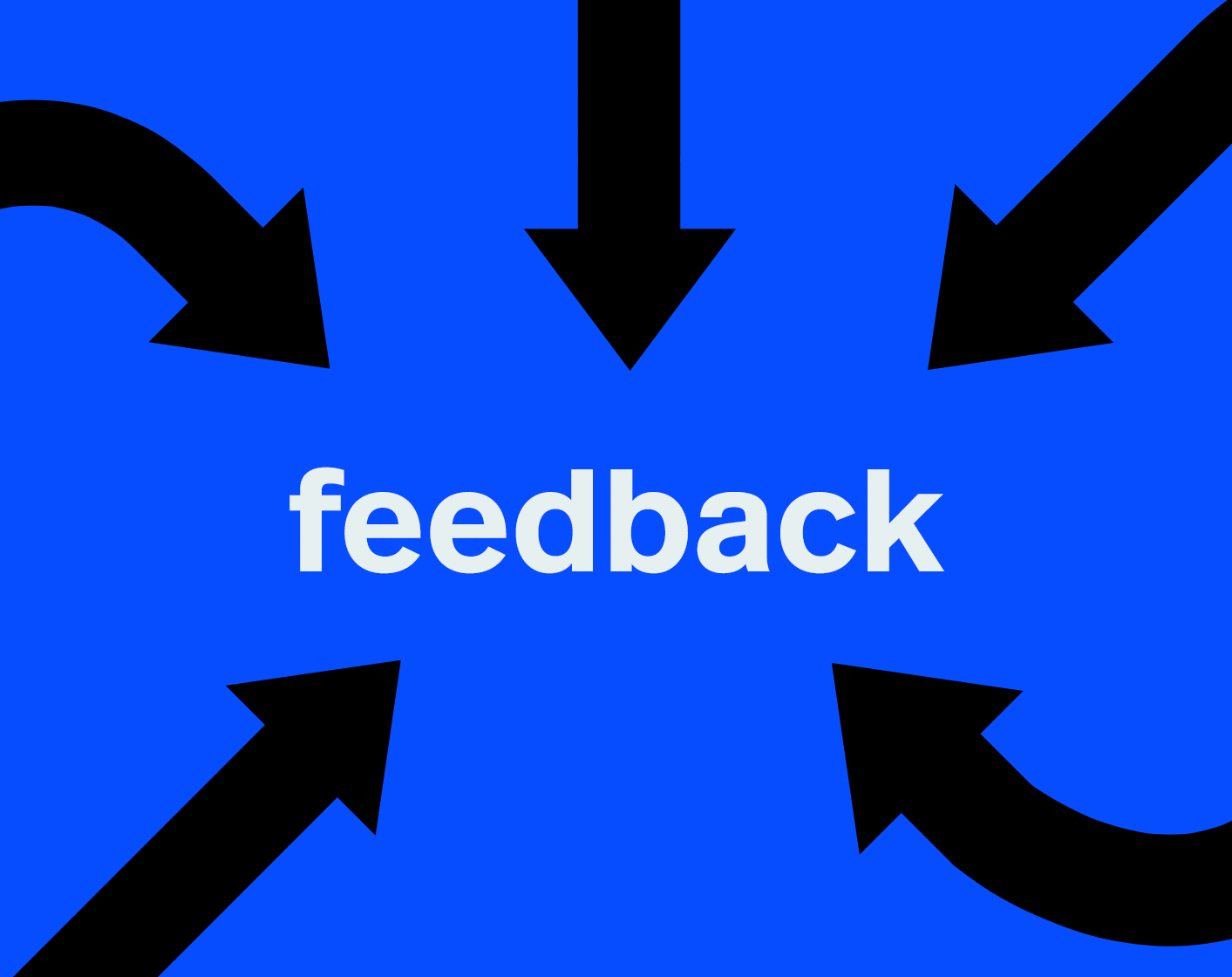Article
People & Talent: Mentoring & Feedback

Developing people is one of the most important tasks in any HR department: making sure people know what’s expected of them, helping them to identify areas of improvement, and making sure they receive praise for the awesomeness they deliver. While Edenspiekermann is special in a lot of areas, this is true for any organization.
In most other organizations this is a (vicious) circle of goal setting, performance evaluation, rewards/merit decision, goal setting and so on. This circle runs through the year with most organizations setting goals in the beginning of the year and having merit discussions at the end of year. These discussions are happening between managers and their team members (read: subordinates).
And this is where we are different. Let me explain why:
We have no managers. At Edenspiekermann we do not have teams that report to a manager or team lead or what ever you might call it. There’s no “Head of Design” or “Lead Development” and thus no design team or development team. So if there’s no manager-employee relationship, who would have the performance discussion?
There are designers and developers, obviously, but they’re gathered in multidisciplinary teams we call “cells”. The reason is simple: we’re not hiring one-trick ponies. Our designers understand code, our developers understand design, and some are actually trained designers. This saves a lot of hand-over time and fosters a culture of mutual understanding.

Also, we don’t work year-over-year. As an agency, our projects don’t adhere to annual or quarterly schedules. Everyone works on multiple projects and in multiple roles throughout the year, so the calendar is a rather arbitrary (read: useless) indicator for us.
Trust, however, is a given. When hiring, we look for people eager to grow and develop, and who thrive on feedback like us (see our Manifesto). We all want feedback, because without feedback we’d struggle to know where we’re doing well, where we want to improve, or which role we want to grow into. So good old career paths or ladders won’t really work for us.
I’ll be honest: when I joined in April 2015, this was a bit of culture shock for me. I wasn’t really sure how and why this worked so well—but then again, I don’t know everything. So we had to come up with a system that caters to these factors. I’ll spare you the way we got there, and tell you what we have now.

Everyone at ESPI has a mentor. This should be someone more senior/experienced than them, but not necessarily someone they work with day in day out. Mentees pick their mentors themselves. Mentors are not managers, bosses, or supervisors, but just more experienced colleagues you want to learn from. Mentors don’t make hiring, compensation, or termination decisions, so the mentor-mentee relationship is free of fear and full of trust.
Since mentors don’t necessarily work with their mentees on many projects, it’s the mentee's responsibility to pull feedback themselves—from colleagues, clients, partners, basically anyone they think can give them feedback (maybe excluding their moms).

This feedback is a one-pager, and ask simple questions: What is the person’s contribution to our company? What should the person start, stop, continue doing? What should the person do to improve?
When a colleague has gathered enough feedback, they send them to their mentor, who identifies patterns, cross-checks, and bases a fruitful and targeted discussion on it. Both mentor and mentee agree on some development to-do’s and write them down. These to-do’s can be working on a particular type of project in a new role to improve their skills, or it could be conference visits, books, courses, training, coaching, online courses—basically anything. I’m keeping an eye on everyone's development to-do’s to make sure they’re somewhat aligned to the company goals, and that not all colleagues move into the same topic (so that we keep a broad set of skills).
This process is fully driven by our colleagues themselves. Whether they want to run one or 15 feedback cycles is completely up to them. They’re the ones who know where to get constructive feedback from, and they know when their projects end and if it’s a good time to ask around about how they did.
We implemented this process in October 2016 and are currently running multiple feedback rounds. So far it’s going well and we’re excited to see what kind of a difference it will make to our colleagues, their personal growth, and of course their happiness at work.
Thanks go out to the nice people at HR Pepper, especially Kerstin, who helped us build this.
Illustrations by [Tom Green](https://www.edenspiekermann.com/people/tom-green/)